Tweedia is a rare true-blue flower that adds a vibrant touch to gardens and is perfect for use in floral arrangements. While blue is a tough color to find in the plant world, tweedia delivers with its star-shaped, baby blue blooms. Alongside its fuzzy stems and heart-shaped leaves, tweedia is a standout perennial for both the garden and bouquets. Despite its uncommon presence in gardens, this plant is not difficult to grow and can thrive in a variety of climates. Here’s how you can plant, grow, and care for tweedia in your garden.
Planting Tweedia
Tweedia is versatile and can be planted in either garden beds or containers. Reaching a height of a few feet, its branching shape makes it a great choice for the front of taller plants, or it can be mixed in with other flowers in a cutting garden for a beautiful arrangement.
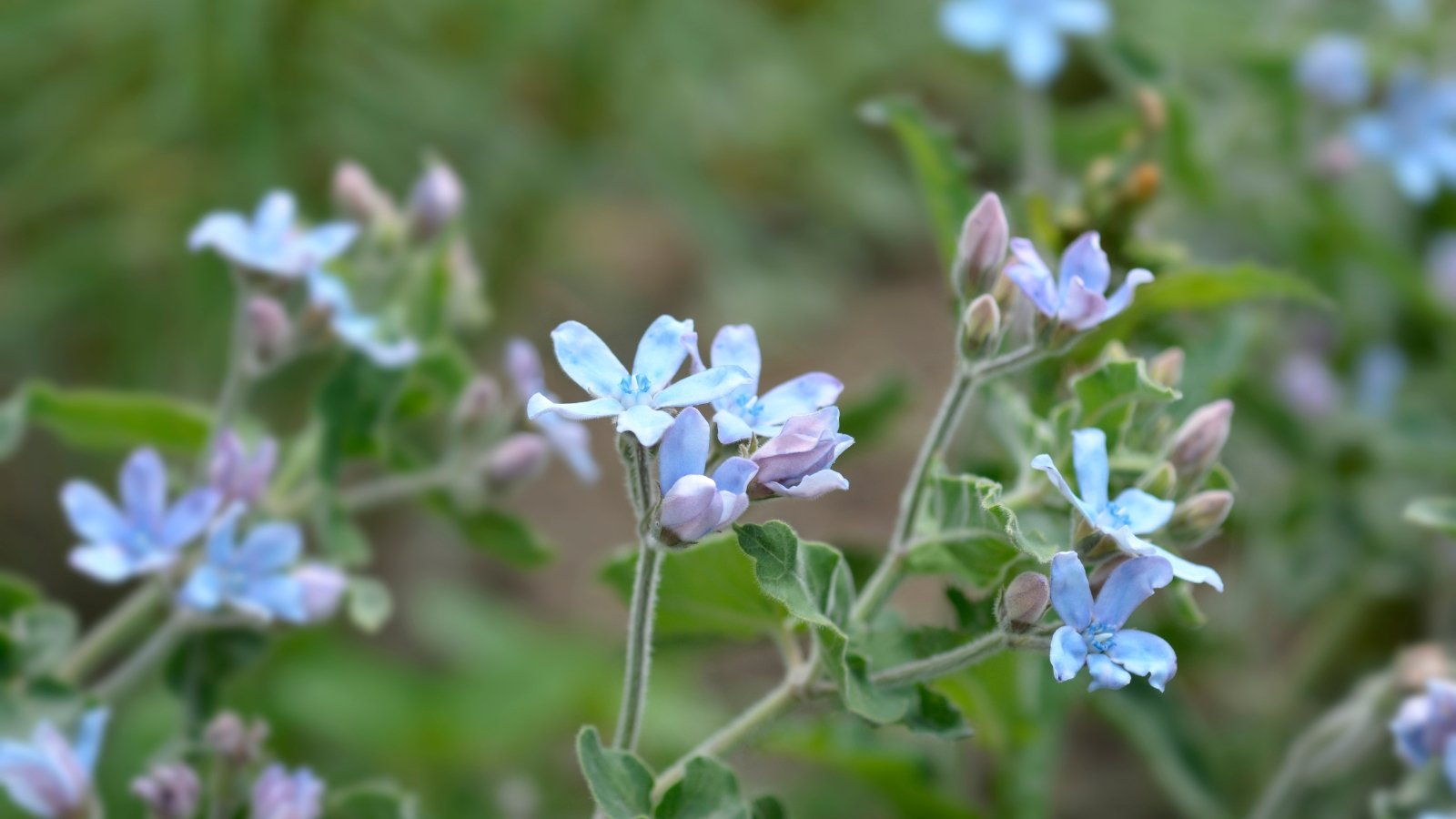
Transplanting Tweedia
Since tweedia is not frost-tolerant, it’s important to wait until the risk of frost has passed before transplanting. Starting with transplants is often the best way to give the plant a head start. While it may be challenging to find tweedia in nurseries, you can order transplants online or grow your own from seed.
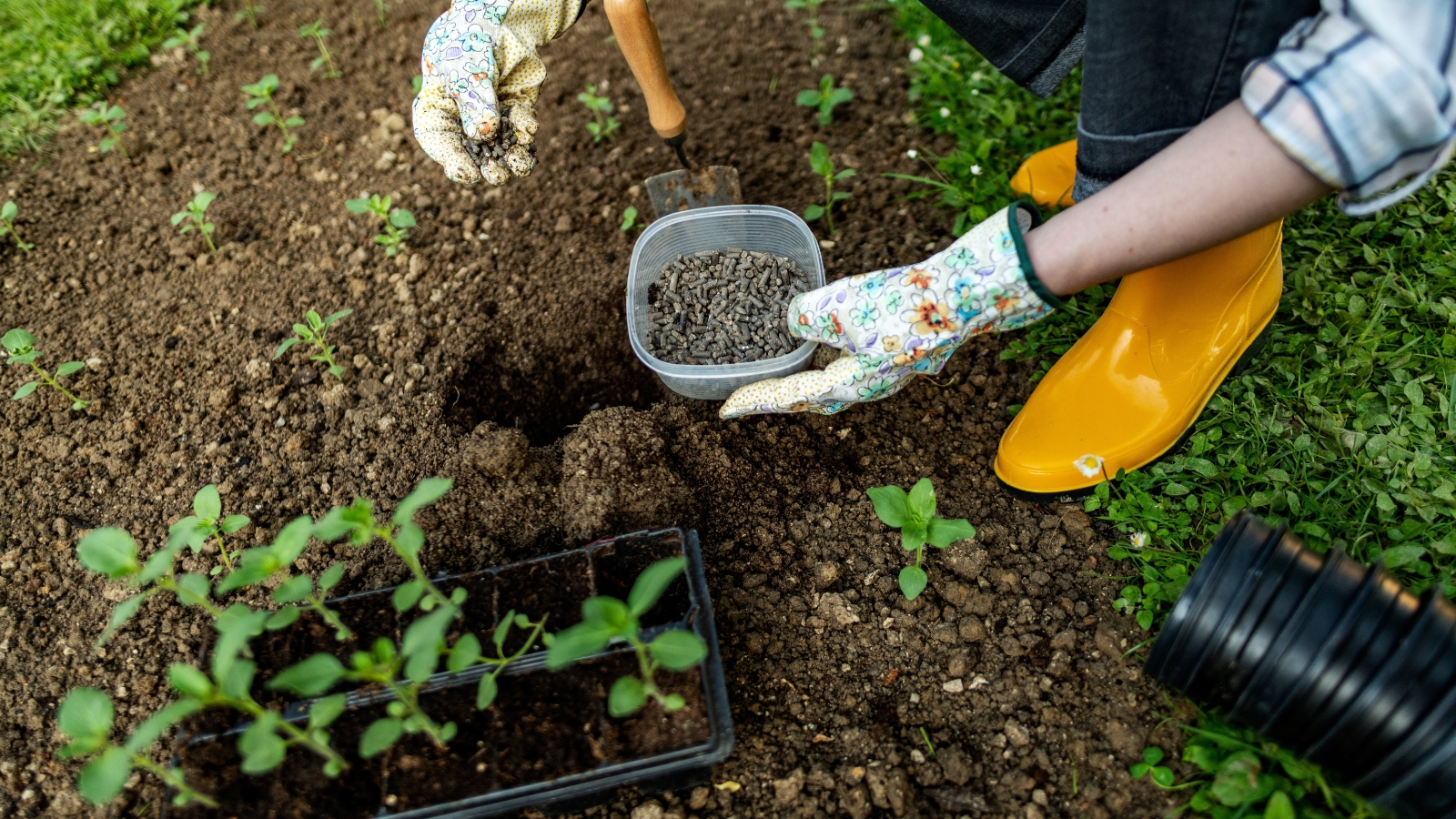
When your transplant is ready, choose a sunny spot with well-draining soil. Dig a hole slightly larger than the rootball, place the transplant in, and backfill with soil. Keep the soil moderately moist for about a week to help the plant settle into its new environment.
Growing Tweedia from Seed
If you can’t find tweedia transplants, starting from seed is an excellent option. You can buy seeds online or collect them from mature plants. The seeds are brown and flat, often attached to silky white threads that help them disperse in the wind. However, the fluff is not necessary for germination.
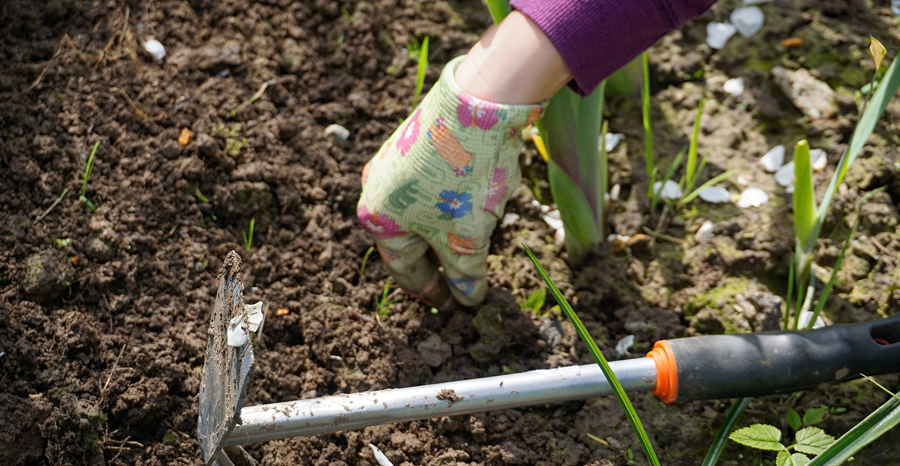
You can either sow the seeds directly in the garden or start them in trays. Unlike many milkweed relatives, tweedia seeds don’t require cold stratification. Plant the seeds about six to eight weeks before your last frost date. Sow the seeds a quarter of an inch deep in well-draining seed-starting mix, and keep the soil slightly moist. The seeds can take a few weeks to germinate, so patience is key.
Once seedlings emerge, place them in a bright area with at least ten hours of sunlight or use a grow light. When they reach four to five inches tall, they’re ready to be transplanted outdoors.
How to Grow Tweedia
With the right conditions, tweedia is easy to grow. Follow these tips to ensure your tweedia thrives and produces its beautiful blue blooms.
Light Requirements
Tweedia needs at least eight hours of direct sunlight per day to grow and flower. While it can tolerate some morning or afternoon shade, full sun will give you the best results. In low-light conditions, you may notice fewer flowers or none at all.
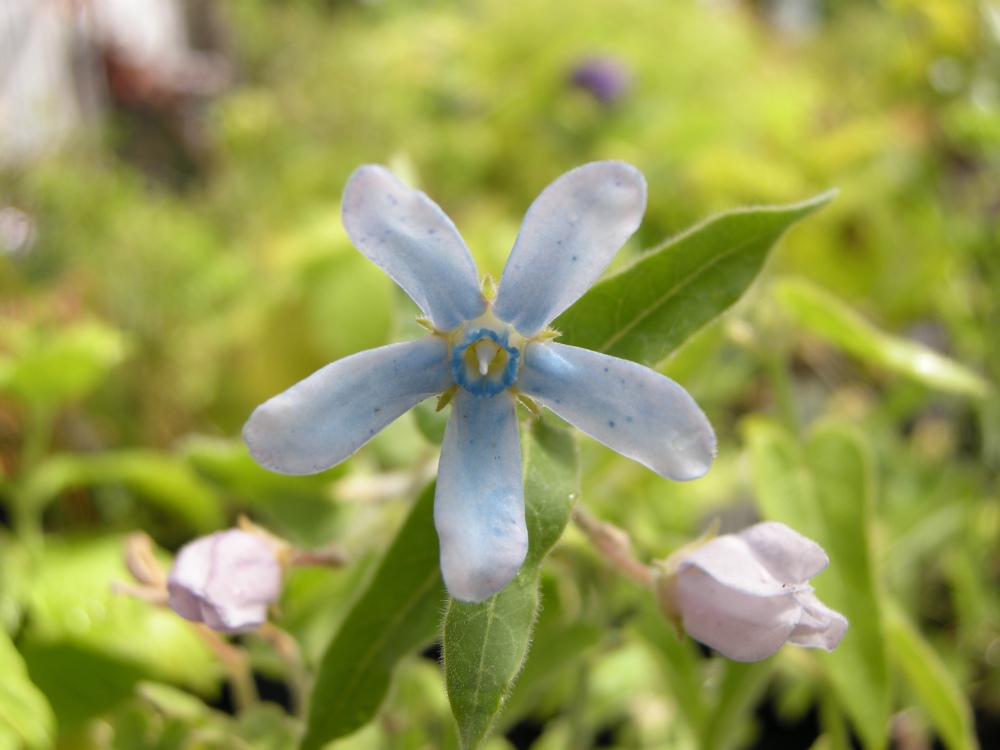
Watering Needs
Tweedia prefers moderately dry to dry soil once established. After planting, keep the soil slightly moist for the first week to help the seedlings adjust. During hot or dry weather, water once a week to keep the plants healthy. Avoid waterlogged areas, as tweedia does not do well in wet soil.
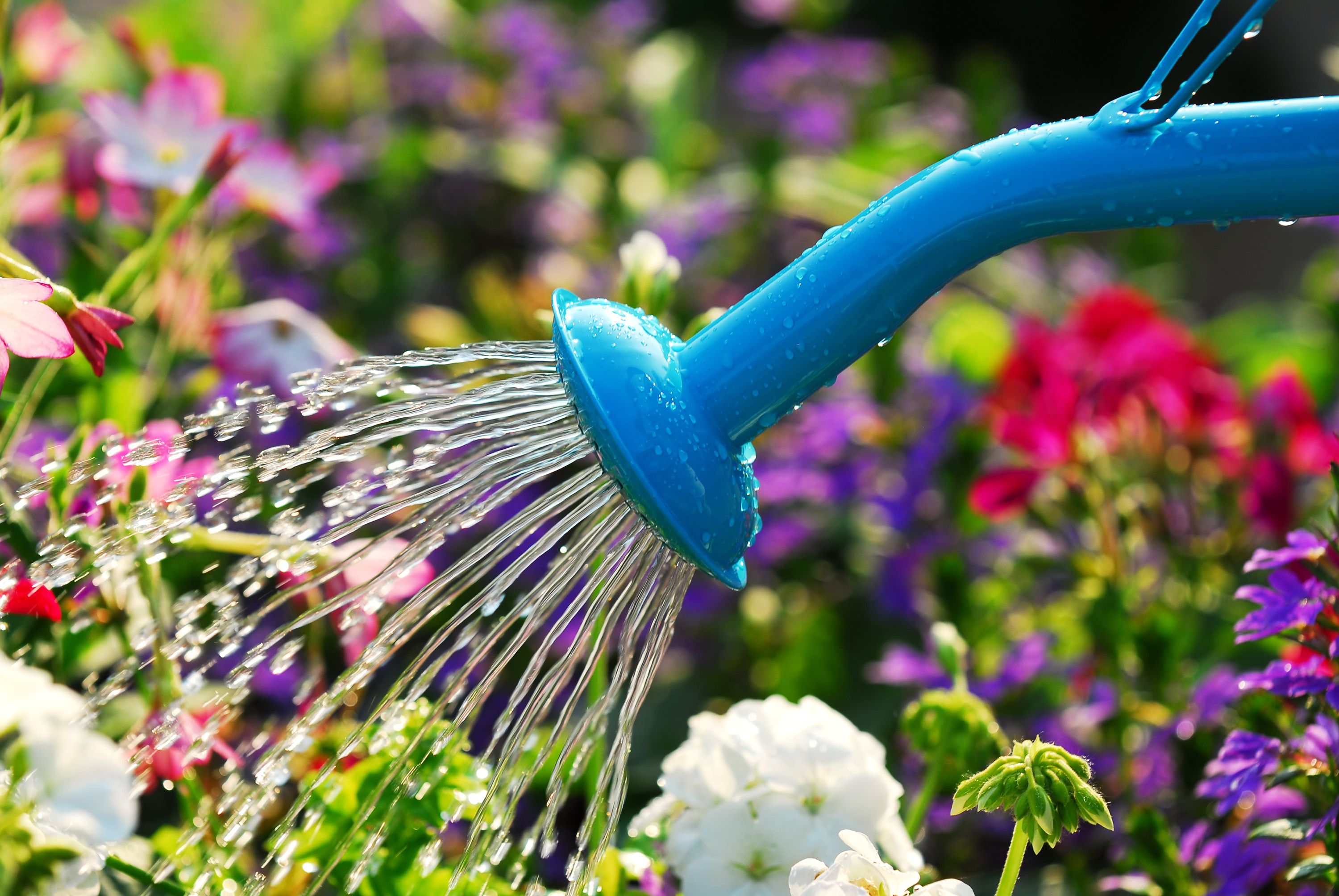
Soil Conditions
One of tweedia’s strengths is its adaptability to different soil types, as long as the soil is well-draining. It will grow in clay, loam, or sandy soils. If planting in compacted soil, loosen the area by digging or aerating with a fork. For container planting, choose a potting mix that drains well and ensure your container has drainage holes to prevent waterlogging.
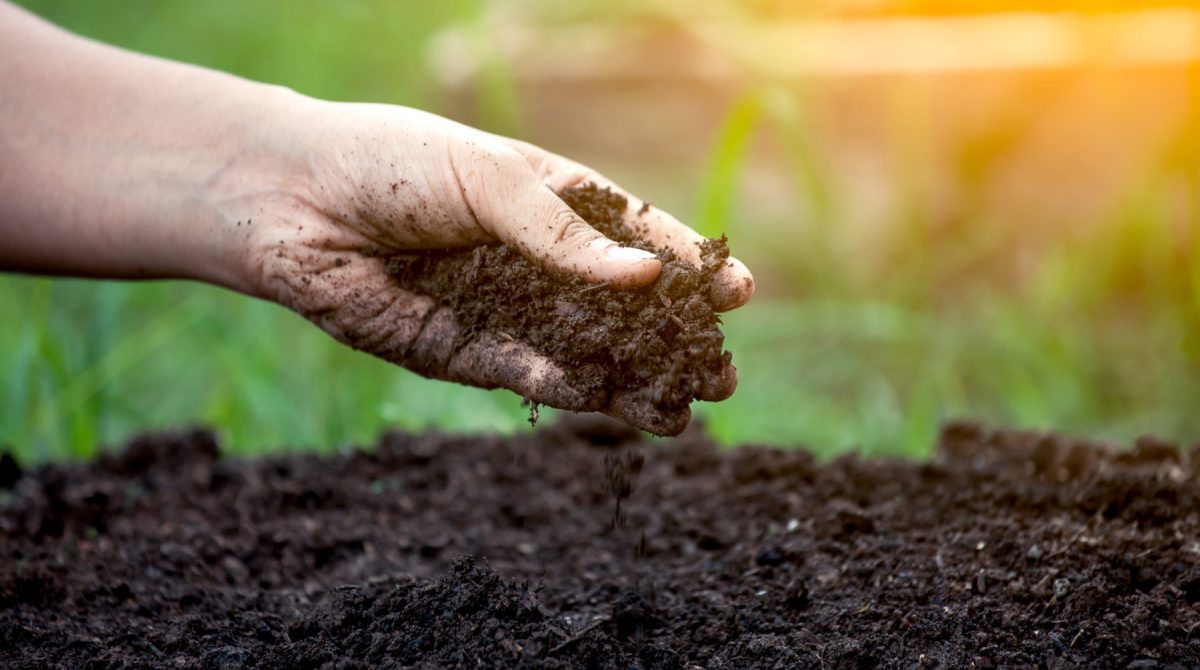
With its true-blue flowers and easy-going nature, tweedia can be a delightful addition to any garden. Whether you plant it in a bed, a pot, or grow it for cut flowers, this rare perennial is sure to become a favorite in your garden.
Temperature and Humidity
Tweedia, being a relative of milkweed and native to warm regions, thrives in temperate climates where temperatures remain above freezing. In USDA hardiness zones 10 and 11, you can grow tweedia reliably as a perennial, where it may even reach heights of over five feet.
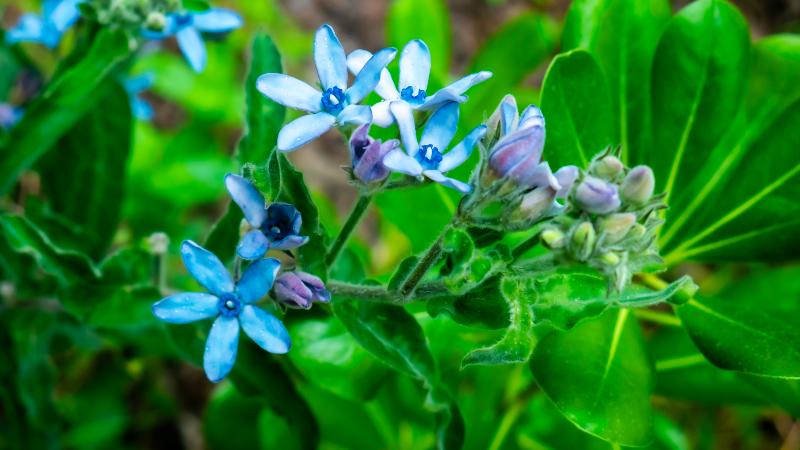
For those in cooler climates, tweedia can still be grown successfully as an annual. You’ll need to replant it each spring, but it will reward you with its striking blue blooms. To prolong the life of the plants, you can dig them up and bring them indoors before temperatures drop below freezing. Once the weather warms in spring, they can be moved back outdoors.
Tweedia is also adaptable when it comes to humidity. It can tolerate dry conditions but will remain disease-free even in more humid environments, making it a versatile plant for various climates.
Fertilizing Tweedia
Although tweedia doesn’t require heavy feeding, a balanced nutrient supply will boost its growth and flower production. Adding a few handfuls of compost to the soil is often sufficient to provide the necessary fertility. Compost also improves soil health by introducing beneficial microbes, which aid in nutrient absorption and help protect the plant from diseases.
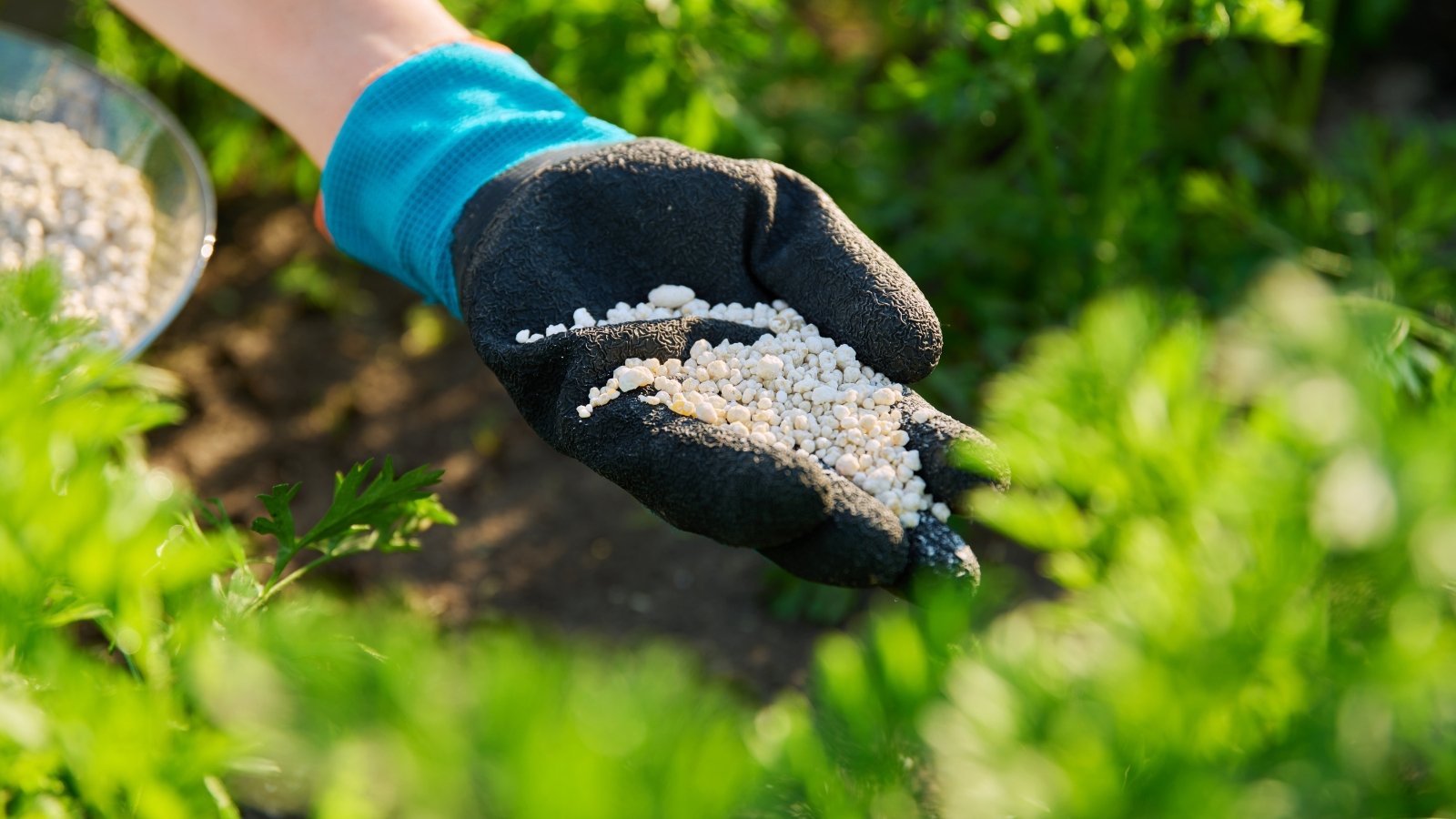
For extra fertility, you can apply a granular fertilizer at the beginning of the growing season. Choose one with a balanced NPK ratio (equal amounts of nitrogen, phosphorus, and potassium) or slightly more phosphorus and potassium than nitrogen. Be cautious not to overdo nitrogen, as too much can cause the plant to produce lush foliage at the expense of flowers.
Maintenance
Tweedia is a low-maintenance plant, but there are a few things you can do to encourage healthy growth. Regular weeding and watering are essential. In addition, pinching the young seedlings can encourage a more branching form, leading to a fuller plant with more stems for cut flowers. Simply remove the top tip of the plant to stimulate growth in the side shoots.
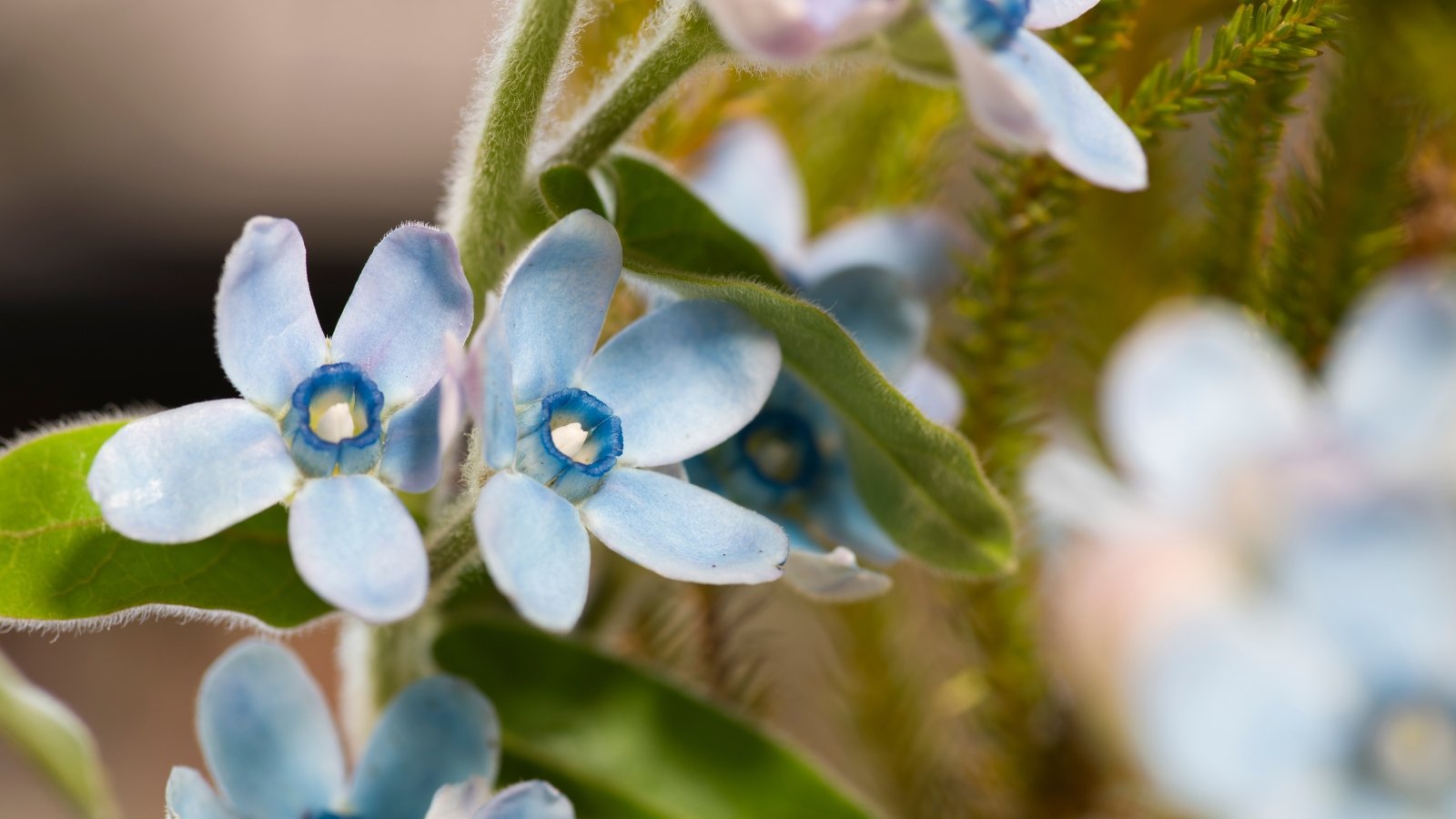
In zones 8 and 9, where the plant may survive the winter with some care, you can protect the roots by mulching the soil with wood chips or straw. Additionally, covering the plant with a row cover during cold spells can help it survive freezing temperatures. Once the weather consistently stays above freezing, the row cover can be removed.
Common Issues
One of the reasons tweedia is so appealing is that it doesn’t encounter many serious problems. However, like many tender perennials, it is susceptible to cold damage. Prolonged freezing temperatures may cause the plant to die, but in some cases, tweedia can survive brief freezes. The stems may lose their leaves and appear dead, but new growth can emerge once the weather warms.
You might also notice oblong, orange-red and black bugs on the plants. These are large milkweed bugs. While they feed on the plant’s sap, they typically don’t cause significant harm and are more of an aesthetic nuisance than a real threat to tweedia’s health.
